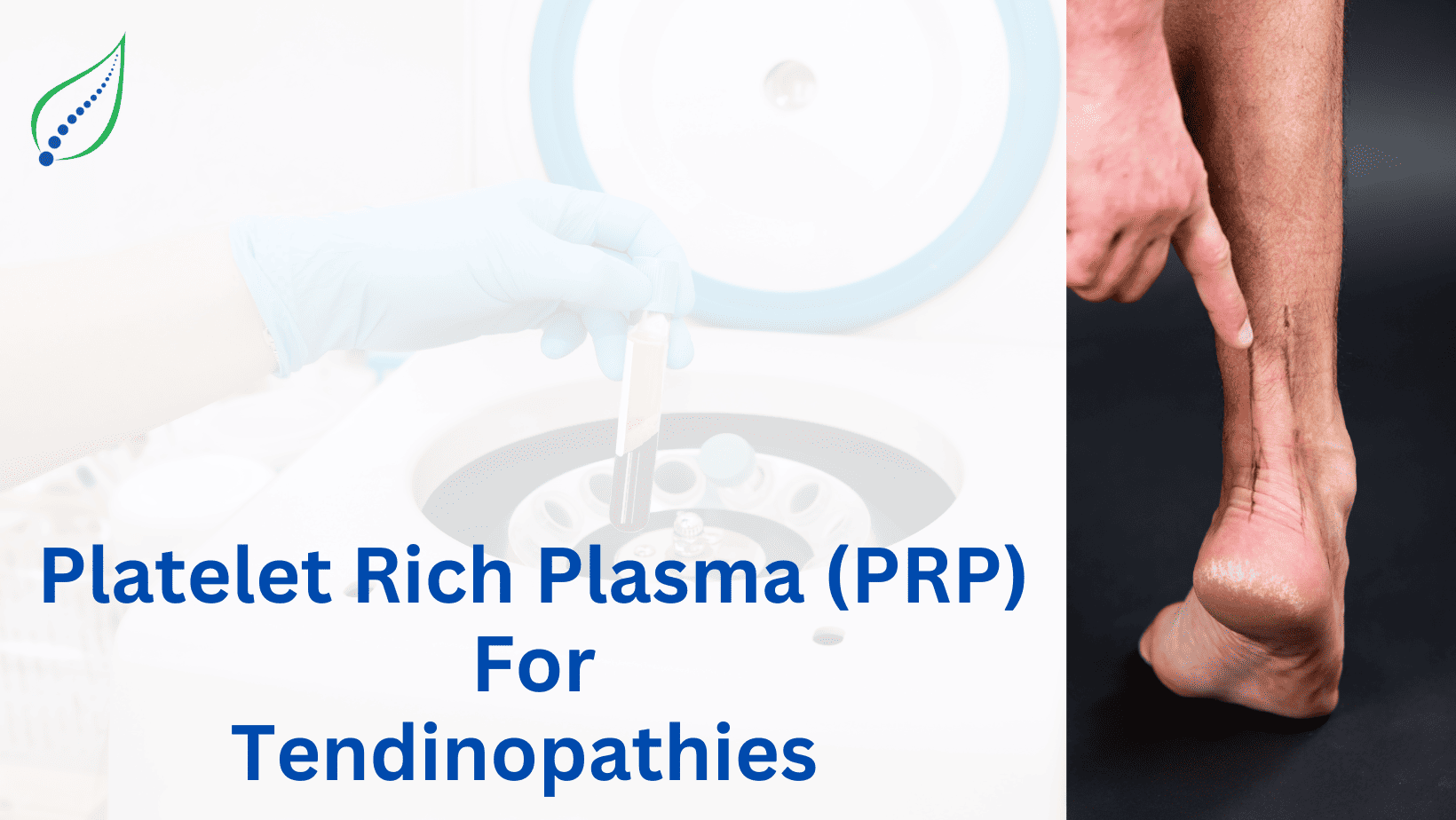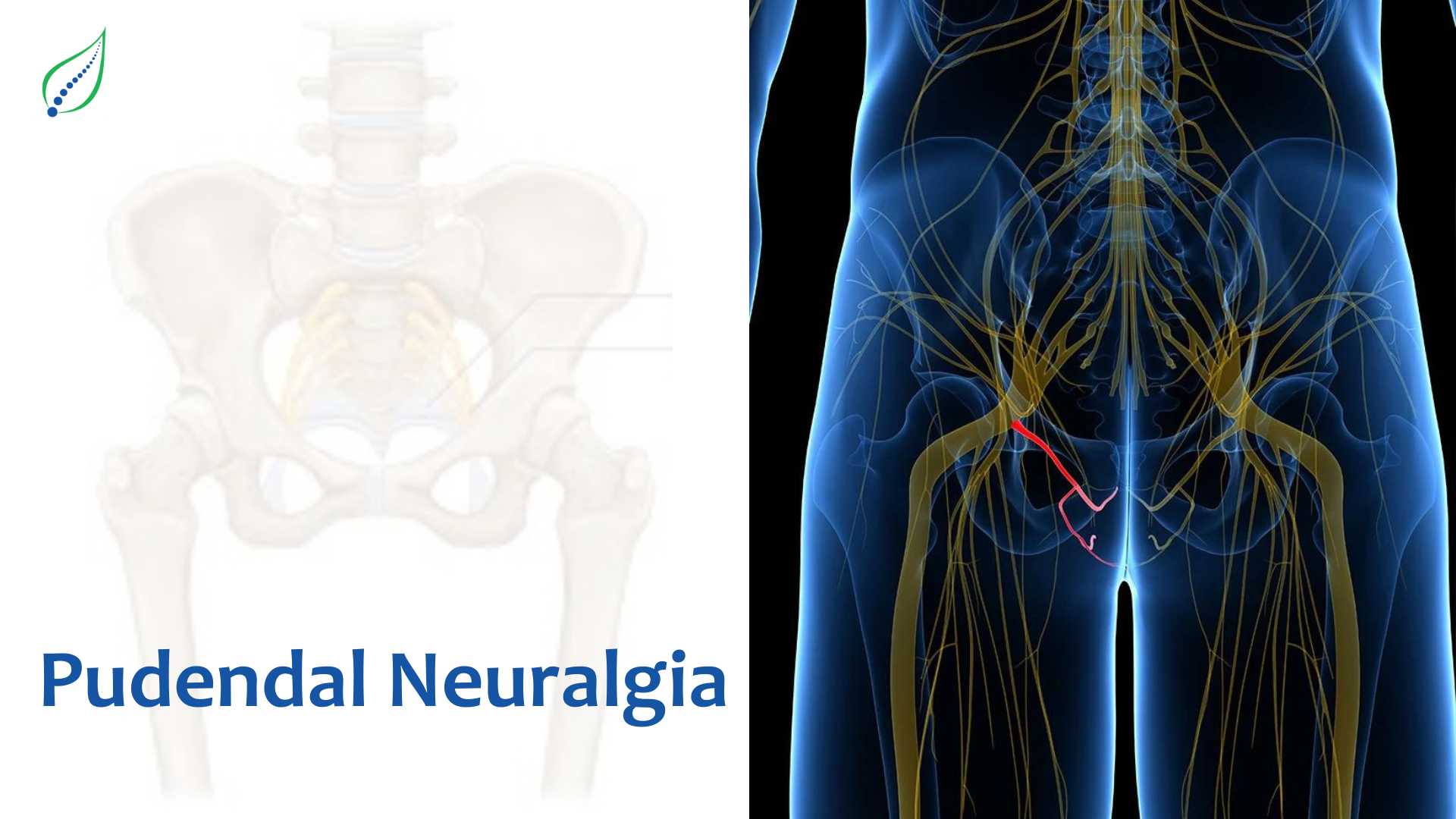How PRP Is Helpful In Tendinopathies
What is PRP?
Platelet-rich plasma (PRP) is an innovative and advanced regenerative treatment derived from the patient's blood. This autologous conditioned plasma contains a concentrated blend of platelets and growth factors, which play a pivotal role in tissue repair and pain management. By amplifying the body's natural growth factors found in blood cells, PRP injections effectively target and aid in restoring damaged tissues while inhibiting painful inflammatory processes. This therapy has garnered significant attention for its potential to promote accelerated healing and tissue regeneration.
What is Tendinopathy?
Tendinopathy, a complex and debilitating condition affecting tendons, arises from various factors such as heavy exercise, repetitive motion, and strain. This can lead to inflammation, pain, swelling, and impaired function, significantly impacting an individual's quality of life.
What are the common tendinopathies?
Commonly affected tendons include the
- Achilles tendon
- Patellar tendon
- Rotator cuff tendons
- Elbow tendons
- Plantar fascia
- Peroneal tendons
- Gluteal tendons
The prevalence of tendinopathy underscores the pressing need for effective treatment modalities to address its multifaceted challenges.
What are the causes of tendinopathies?
The causes of tendinopathy are diverse and can stem from repetitive activities, the natural ageing process, direct trauma, sudden increases in physical activity, poor posture, and improper sports techniques. These factors contribute to the degeneration and weakening of tendon structures, leading to the onset of symptoms and functional limitations.
Recognizing these underlying causes is crucial in devising comprehensive treatment strategies that target the root of the condition and facilitate long-term recovery.
Tendinopathy symptoms are often debilitating and can manifest as painful movements, morning stiffness, swelling, reduced strength and mobility, and tenderness in the affected area. These symptoms not only impact physical function but also significantly affect an individual's overall well-being. Addressing these symptoms effectively requires a holistic approach that targets both the underlying pathology and the associated pain and functional limitations.
Preparation of PRP and PRP Injection:
Steps include from preparation to exhibition:
Blood collection:
A small sample of the patient’s blood should be drawn typically from the arm. The blood taken can range from 15 to 50 millilitres, depending on the treatment area. The Platelet Rich Plasma is prepared in a syringe with ACD-A, or Anticoagulant Citrate Dextrose Solution, a sterile solution made of citric acid, dextrose, and trisodium citrate for injection.
Centrifugation:
The blood is withdrawn carefully, and the sample is kept in the centrifuge machine, which centrifuges blood at high speed for 15- 20 minutes. Due to the centrifugation, the blood separates into its different components. Resulting into three layers:
• Top layer – Platelet with poor plasma
• Middle layer - Rich in platelets and some white blood cells, known as platelet-rich plasma (PRP).
• Last Layer - Red blood cells (RBCs)
Extraction of PRP:
As soon as the centrifugation is completed it separates blood into its different components, including all three layers. The middle layer contains the concentrated platelets and is extracted from the test tube.
This PRP solution contains 5 to 10 times the normal concentration of platelets found in blood Also important growth factors such as Platelet-derived growth factor (PDGF), Transforming growth factor (TGF), Vascular endothelial growth factor (VEGF) and Epidermal growth factor (EGF) helps in healing faster.
These growth factors play a vital role in cell proliferation, differentiation, and forming new blood vessels, which are essential for repairing tissues and healing.
Now, extracted PRP is injected directly into the targeted areas. The physician sometimes uses USG to ensure accurate placement of the PRP at the site of injury or damage.
How does PRP help?
Mostly, when PRP is injected at the target site, the growth factors stimulate the proliferation of various cells such as Fibroblasts (which produce collagen and support connective tissue repair), Chondrocytes (for cartilage repair), Mesenchymal stem cells (which can differentiate into multiple cell types like bone, cartilage, and muscle cells). These cells collectively work in cartilage repair and collagen development.
Due to increased collagen production by the growth factors, tissue strength and elasticity of the tendon substantially improve, leading to the next process of Angiogenesis (Formation of New Blood Vessels) in the cell.
As soon as Angiogenesis starts, the blood supply to that particular (injured) area increases. Increase in blood flow increases oxygen and nutrients to injured area, due to this tissue growth and repairing starts effectively.
As the tissue repair starts, inflammation is reduced, and Cellular proliferation starts, which enhances collagen production and new blood vessel formation and leads to faster healing.
This comprehensive approach holds immense potential in addressing the intricate nature of tendinopathy and facilitating the restoration of optimal function and mobility for affected individuals.

_1749797551_1751826891.png)


